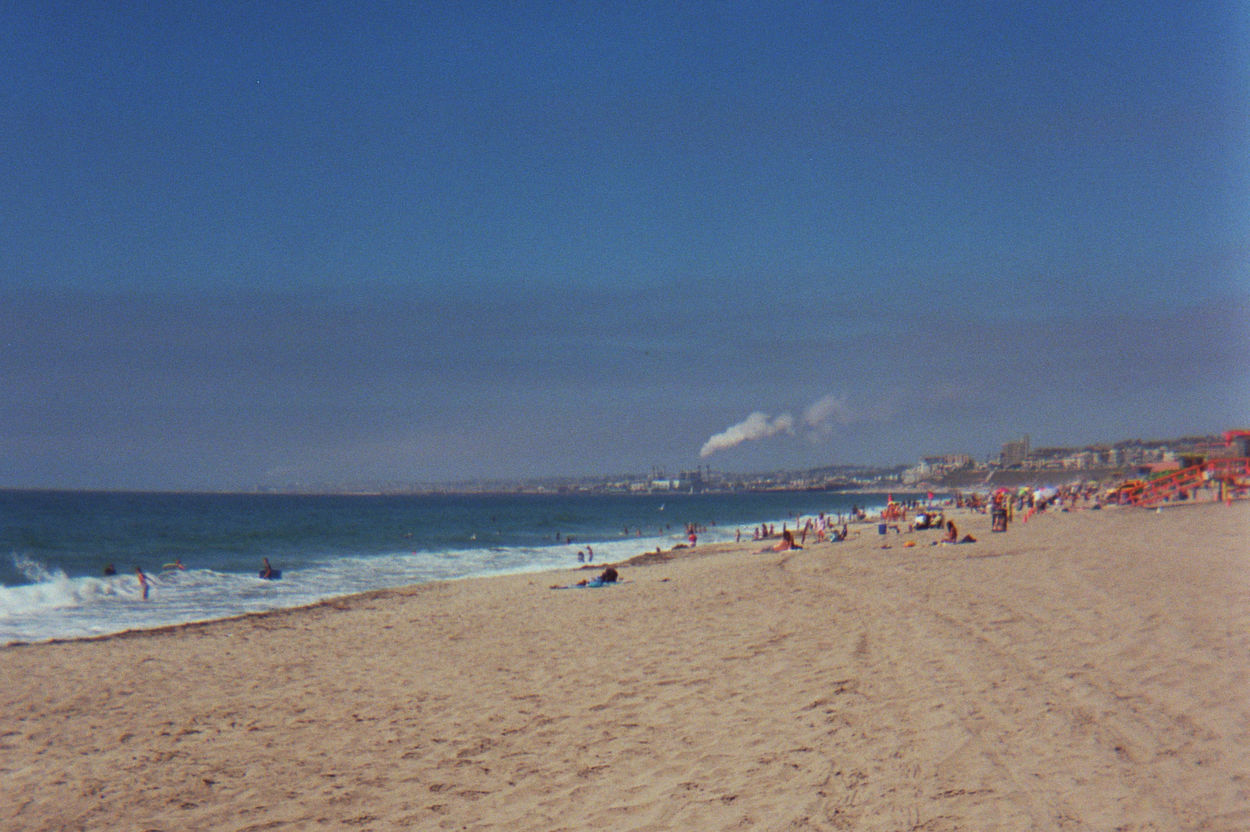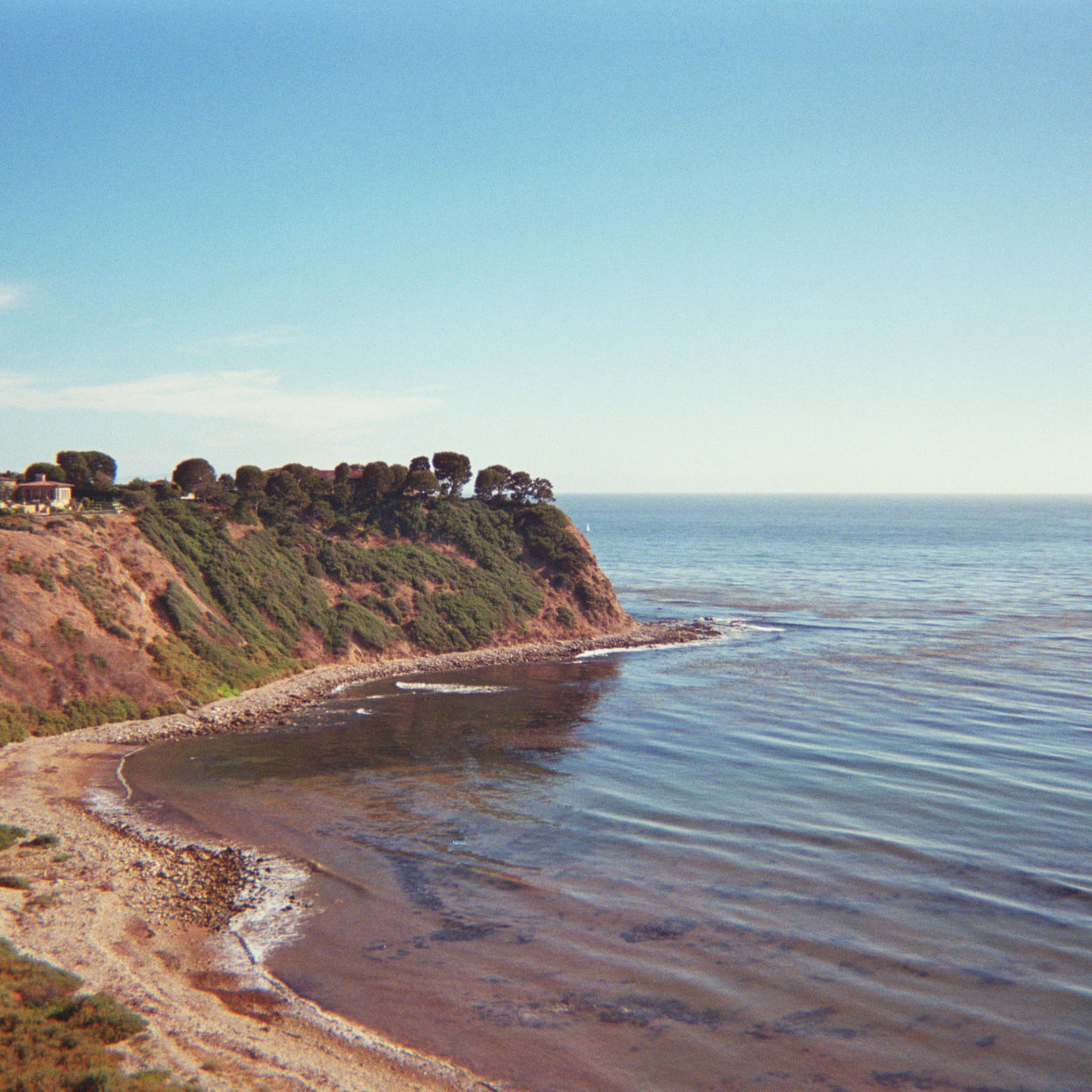Published
An endless loop
Just finished the article “Ontological Design Has Become Influential In Design Academia – But What Is It?” by JP Hartnett for AIGA Eye on Design, via the Feminist Open Source Investigations Group chat.
This is somewhat related to the previous post, the “we are our experiences” concept. But much more formal than my ramblings, better philosophical underpinnings for sure!
I’d heard of ontological design but hadn’t really dug in to it. This article is a useful dive in.
In very few words (specifically professor of design theory Anne-Marie Willis’s words, not mine): “Design designs us”. In more words, from Hartnett’s article:
A human being cannot exist independently of its surrounding environment — it is not possible to be without being-in-the-world. Being, then, is always relational: with everything that surrounds us, including the full complexity of the completely designed worlds that we inhabit. This point is crucial for ontological design theorists: design doesn’t just perform certain functions — a car transports you from A to B, a poster displays information, etc. — the interrelated totality of designs construct the world through which humans are brought into being and come to be defined through. Human beings, in turn, design the world, which, in turn, designs them… and so on. The process is circular, like an endless loop.
And on the consequences of embracing ontological design in practice instead of relegating it to theory and academia:
One welcome outcome of an embrace of ontological design theory would be the death of the individualism that has plagued the design profession — “iconic” designs, individual designers, celebrated in isolation as they usually are in design publications — don’t make any sense in this context.
That would be welcome indeed.
I don’t quite see how it can happen unless there is a true revolution in the way we talk and think about design—more holistic and less about singular problems, more collective and less individual—but maybe circumstances are ripening for such a change.

